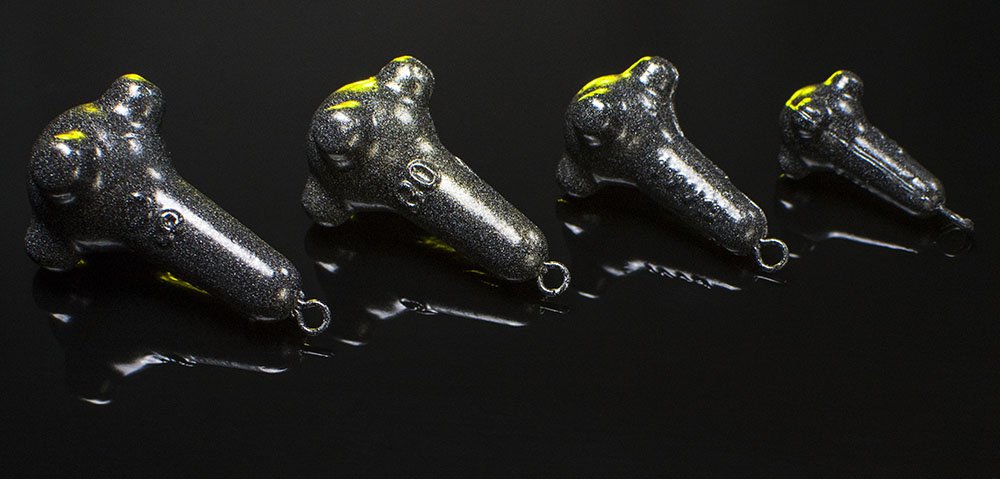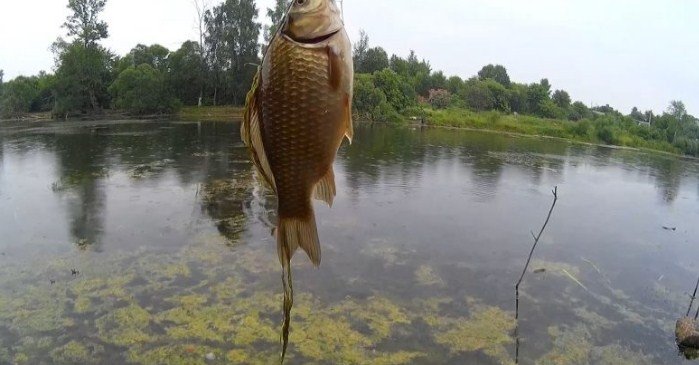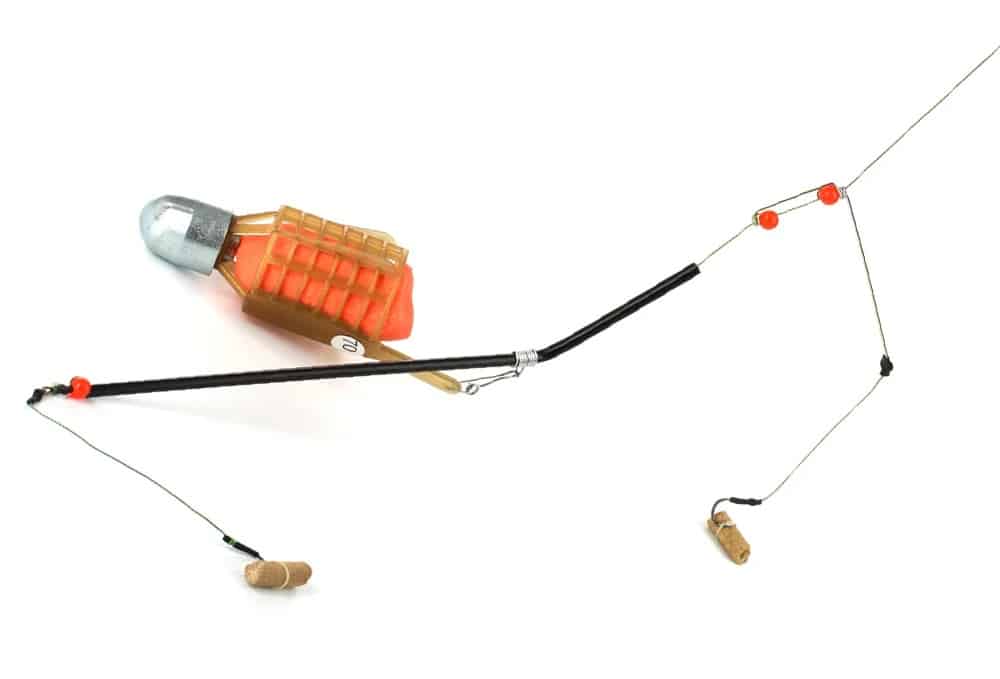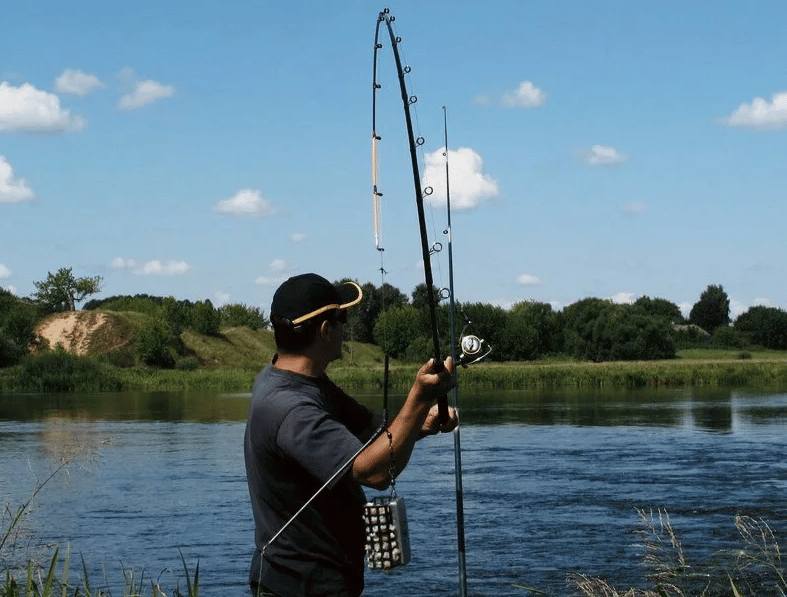All feeder fishing enthusiasts
have proven fishing spots. These areas have already been thoroughly studied, and at such points the fisherman usually knows exactly the bottom topography and promising places where it is necessary to throw the tackle. Upon arrival at an unfamiliar reservoir, most beginners immediately begin to install the rig and try to start fishing as quickly as possible. Because they do not know what a marker load is and how to correctly mark on a pond.
How to find out the bottom relief and how to check the bottom with a marker weight
To study the bottom, a special marker weight for the feeder is required. Its weight varies from 25 to 120 grams. The choice will depend on the presence of a current, the stronger it is, the more massive it is required to use a weight. The marker sinker is sometimes equipped with a steel rod, allowing free wiring in silted areas.
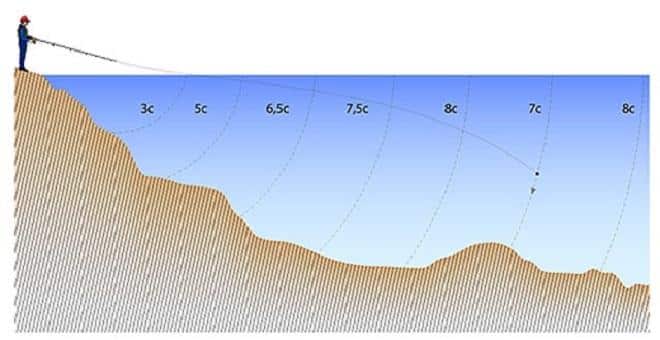
- Gauging the bottom with a marker load, in which a smooth movement of the load without jerking is noted, means that the bottom is sandy in this area.
- If the weight moves in jerks, sticking to the bottom and in order to rip it off, an effort is required, then the bottom in this area is covered with silt.
- As the marker moves through the algae, the weight behavior is defined as uniformly loaded .
- If the marker moves with a tap that hits the hand, then there is a shellfish at the bottom of the reservoir.
The most successful areas for fishing are the boundaries between the muddy and clay bottom. To accurately determine this place, you need to make an additional 2-3 casts and clip the line on the spool.
Determination of the depth in this area can be accurately determined by the time the weight was lowered to the bottom by counting. And to obtain specific information, a marker float is used.
Fishing Markers
Float lovers determine the bottom with an overloaded rig, controlling the position of the float antenna relative to the water surface. Professional fishermen use a marker rod and marker mounting to study the bottom relief. In this case, the equipment can be sliding or blind. In the latter option, the depth can be recognized by the location of the float relative to the shipments that are at a certain distance.
How to determine the depth at a given section of the reservoir using markers
This requires an intermittent movement of the load along the bottom. The indicator of all movements is controlled by the number of spool revolutions. The smaller the distance when moving, the more you can understand the picture of the bottom relief in more detail. For example, a reel will exhaust 20 cm of line per turn. Accordingly, when tightening ten turns, the marker sinker will come up to the shore by 2 meters. Before using the marker float, you need to prepare the rod to make accurate measurements. For this, at a certain distance from the reel seat, a convenient distance for counting is noted (usually 50 cm) and a mark is made on the fishing rod with a felt-tip pen.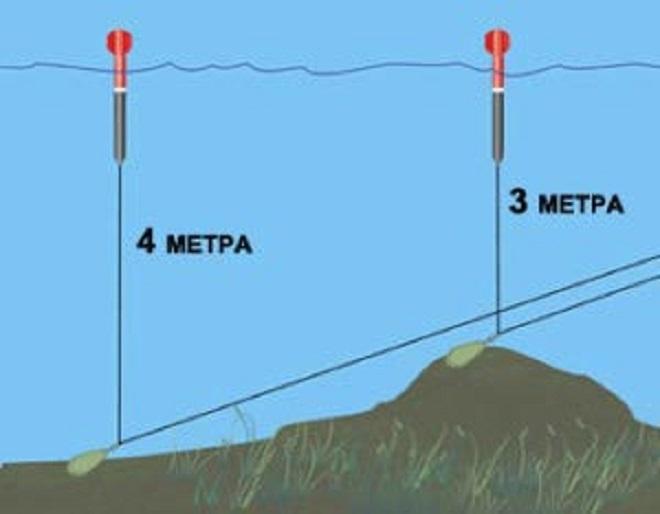

carp and other fish. Next, you need to study the behavior of the alleged fish, “favorite”
bait , find out the impact of weather conditions and many other things that affect the effectiveness of fishing. It comes with experience.
Promising fishing areas
After the necessary surveys to study the bottom relief have been completed, you can start fishing using the information received. The description will consider an example of fishing for carp, since its behavior is most typical for the rest of the subspecies of this family.
Specialist recommendations
However, it is not enough to determine the depth and study the bottom topography. In this case, it is necessary:
- Choose the rig wisely, taking into account the strength of the flow . It is logical that light tackle with low weight will simply blow away from the point of fishing, which will surely confuse the leashes. In this case, the demolition of the rig occurs after it gets into the water during the casting.
- With small gusts of wind, the same consequences are also quite likely, and the leashes will become entangled.
- It is important to choose the right bait mix . In this case, the composition will depend on the season, if in spring it is necessary to use components of animal origin, then closer to autumn it is recommended to choose vegetable baits.
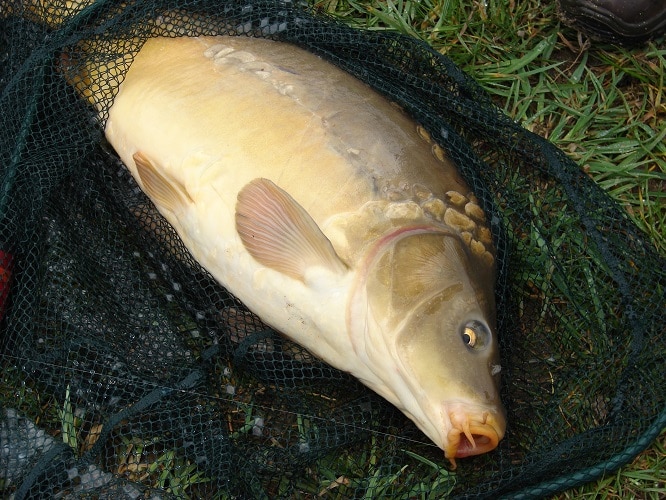
- When fishing on a muddy bottom, there is a risk of the bait sinking into it. To prevent this, foam balls are used, installed on a leash 2-3 cm from the baited hook. In the process of fishing, they will raise the bait, making it visible to the carp.
- At any time of the year, a worm, maggot, bloodworm works great .
https://youtu.be/TMa5UiI4iuM Fishing efficiency will depend on many factors that directly affect carp behavior. One of the main points is to mark the bottom and take into account the weather conditions. The activity of carp is strongly influenced by air pressure, or rather its stability for 2-3 days before fishing. If, taking into account the forecast, there is a pressure drop, then fishing can be safely canceled. Feeder fishing is one of the hardest fishing methods. For effective fishing with these tackles, knowledge of the skills of exploring the depth and topography of the bottom of the reservoir is required. You also need to prepare a special rod and assemble a marker installation. However, this is not the most important thing. It also requires regular observation of natural phenomena, the peculiarities of their impact on fish, analysis of the knowledge gained and the accumulation of experience.
